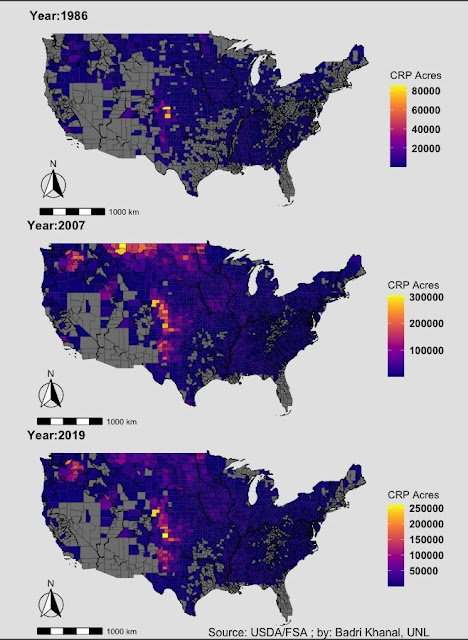Factor Analysis is a statistical procedure used to classify the functional form of relationships between several variables and narrow it down to a smaller set of variables. If there are many variables, and they are linearly correlated, factor analysis tries to club highly correlated variables together as a latent variable called factors. The number of factors defining all variables in most cases is less in numbers than the number of variables. Factor analysis is generally useful for linearly combining two or more variables in economic analysis.
Here is an example of factor analysis in R program:
Step I: Prepare Data
Data frame name = my_data_final
Step II: Run Factor Analysis
Step III: Exploratory Process and Further Processing:
Step V: Determining Number of Factors to Use
For this, factor having eigenvalue > 1 is considered as factor to use. Here we use 5 factors based on the eigen value from Scree Plot.











